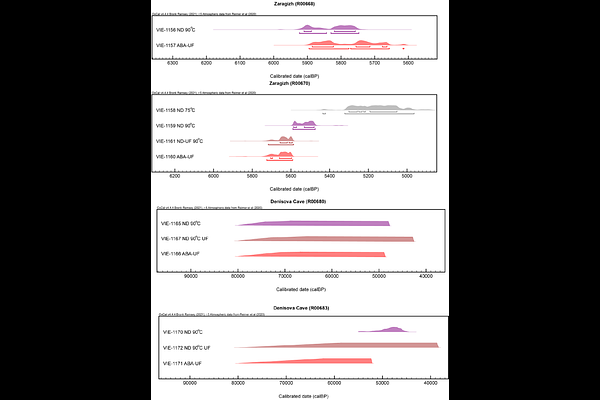Non-destructive radiocarbon dating of bone

Non-destructive radiocarbon dating of bone
Higham, T. F.; Luftensteiner, K.; van der Sluis, L.; Gianni, M.; Steier, P.; Belinski, A.; Mensan, R.; Kozlikin, M.; Shunkov, M.; Schulze, J.; Douka, K.; Stafford, T.
AbstractSince the 1950s, radiocarbon measurements have anchored archaeological chronologies dating back to 50,000 years, with bone collagen being a commonly dated material. Despite advances in collagen extraction protocols, the process remains destructive, requiring sampling by sawing, drilling or crushing of dry bone, that can damage or destroy physical features and archaeological evidence, and often consumes the entire specimen. While non-destructive approaches have recently been applied in ancient genomics and palaeoproteomics, no equivalent approach has been established for radiocarbon dating of bone. Here, we outline a non-destructive collagen extraction workflow that avoids invasive sampling (cutting or drilling) and produces no visible damage to the bone. By heating the bone in hot water for several hours, collagen is solubilized, and the resulting collagenous solution can be purified and AMS dated. Here we show that the amino acid composition, C/N atomic ratios, {delta}13C and {delta}15N values of the hot-water-extracted collagen are comparable to collagen isolated from the same bones using classic decalcification methodologies. The hot water extraction method was tested on various bones, ranging from the Bronze Age to the Middle and Upper Paleolithic periods, which had been dated previously using routine destructive methods that involved acid demineralization. Our results show that non-destructive collagen extraction, coupled with an additional purification step e.g., ultrafiltration, yields identical radiocarbon ages to those obtained via the routine destructive methods.